Natural Man-Made Resources and Worksheets
Worksheets are a valuable tool for educators and parents seeking to enhance their students' understanding of natural and man-made resources. These educational materials provide a comprehensive and engaging approach to learning, allowing students to grasp the concept of entities and subjects in a concise and organized manner. By incorporating worksheets into their teaching or homeschooling practices, educators can effectively cater to the needs of visual learners and facilitate a deeper understanding of the world around us.
Table of Images 👆
More Other Worksheets
Kindergarten Worksheet My RoomSpanish Verb Worksheets
Cooking Vocabulary Worksheet
DNA Code Worksheet
Meiosis Worksheet Answer Key
Art Handouts and Worksheets
7 Elements of Art Worksheets
All Amendment Worksheet
Symmetry Art Worksheets
Daily Meal Planning Worksheet
What are natural resources?
Natural resources are materials or substances that occur in nature and can be used for economic gain. These resources include air, water, soil, minerals, plants, and animals, which are essential for human survival and well-being. Natural resources are classified into renewable resources, which can be replenished over time, and non-renewable resources, which are finite and cannot be regenerated once depleted. Efficient and sustainable management of natural resources is crucial to ensure their availability for current and future generations.
Give examples of renewable natural resources.
Renewable natural resources include sunlight, wind, water, and biomass. These resources can be replenished naturally over time and are sustainable for the long-term. Examples include solar energy for generating electricity, wind turbines for producing power, hydroelectric dams harnessing water energy, and biomass such as wood, crops, and organic waste for energy production.
What are non-renewable natural resources?
Non-renewable natural resources are resources that cannot be replenished or replaced at the same rate as they are being consumed. Examples include fossil fuels like coal, oil, and natural gas, as well as minerals such as copper, gold, and rare earth metals. Once these resources are depleted, they can no longer be used, making it crucial to find alternatives and more sustainable sources of energy and materials.
Name some examples of fossil fuels.
Some examples of fossil fuels include coal, oil, and natural gas.
Explain the concept of sustainable development.
Sustainable development is a holistic approach that seeks to balance economic growth, social progress, and environmental protection to meet the needs of the present without compromising the ability of future generations to meet their own needs. It involves promoting economic prosperity, social inclusion, and protecting the environment through sustainable practices that minimize the depletion of natural resources, reduce pollution, and address social inequality. The aim of sustainable development is to create a harmonious and equitable society that can thrive in the long term while preserving the planet for generations to come.
Describe the process of fracking.
Fracking, or hydraulic fracturing, involves injecting a high-pressure mixture of water, sand, and chemicals into underground rock formations to release natural gas or oil trapped within the rock. This injection creates small fractures in the rock, allowing the resources to flow more easily to the well. The pressure also helps prop open these fractures, allowing the gas or oil to be extracted more efficiently. The extracted resources are then brought to the surface for processing and use.
What are the advantages of using wind energy?
Wind energy is a clean, renewable source of energy that does not produce greenhouse gas emissions or other pollutants during operation, making it environmentally friendly. It contributes to reducing our reliance on finite fossil fuels and helps to combat climate change. Additionally, wind energy is abundant, cost-effective, and can be generated locally, promoting energy independence and creating jobs in the renewable energy sector. Furthermore, wind turbines have a relatively low impact on land use compared to other forms of energy generation, making it a sustainable option for meeting our energy needs.
Explain the different methods used for recycling.
There are several methods used for recycling, including curbside recycling programs where households separate recyclables for collection by local municipalities, drop-off recycling centers for individuals to bring their recyclables, deposit refund systems that provide incentives for returning containers, as well as buy-back centers where consumers can exchange recyclables for cash or other rewards. Additionally, there are industrial recycling processes that involve sorting, cleaning, and processing materials to be turned into new products, as well as composting organic waste to create nutrient-rich soil. These various methods work together to reduce waste, conserve natural resources, and minimize environmental impact.
How do human activities impact natural resources?
Human activities can have a significant impact on natural resources by causing deforestation, overfishing, pollution, habitat destruction, and resource depletion. These activities can lead to loss of biodiversity, climate change, water scarcity, soil erosion, and overall degradation of ecosystems. It is important for humans to be mindful of their actions and adopt sustainable practices to minimize the negative impact on natural resources for the well-being of both the environment and future generations.
Describe the purpose and benefits of using worksheets in education.
Worksheets in education serve as valuable tools for reinforcing learning concepts, practicing skills, and assessing student understanding. They provide structured practice opportunities that can be tailored to individual learning needs, thereby promoting active engagement and understanding of the material. Additionally, worksheets can help educators track student progress, identify areas needing further support, and differentiate instruction accordingly. Overall, the purpose of using worksheets in education is to enhance learning outcomes by providing students with targeted practice and assessment opportunities to reinforce their understanding and mastery of academic concepts.
Have something to share?
Who is Worksheeto?
At Worksheeto, we are committed to delivering an extensive and varied portfolio of superior quality worksheets, designed to address the educational demands of students, educators, and parents.





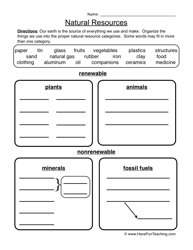
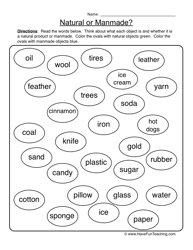
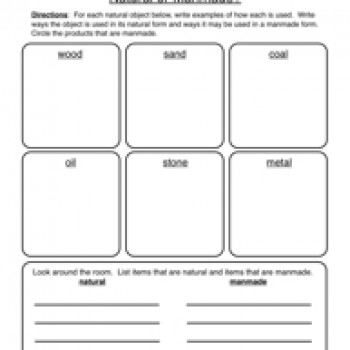
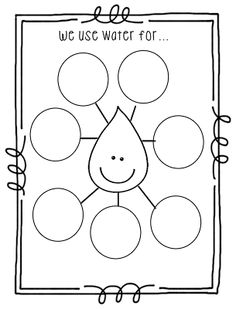
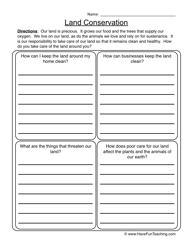














Comments